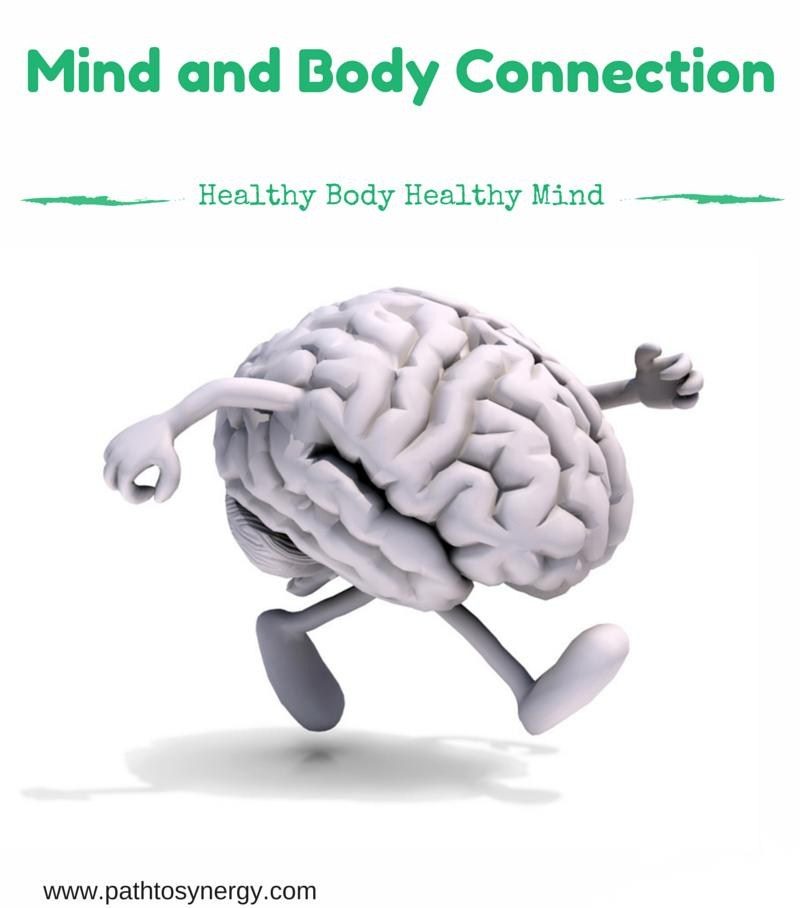When I was in graduate school one of the concentrations I had was called Body Centered Therapy. This program is described as “a program designed to prepare students with an understanding of creative and expressive processes within the context of the mind and body connection”. I look back on my experience in graduate school fondly and continue to learn more and more about this idea of body and mind connectivity. This is a large topic with lots of debate and areas of discussion. I am writing this article as a short introduction to this idea, with some examples of how body and mind are connected.
In my professional experience there certainly seems to be a connection between an individual’s physical experience and emotional well-being. For example, the article HERE points to the fact that there may be a physical component related to the onset of depression, but this generally speaking is not a new finding. Research has been connecting physical experience with mental health issues for many years. For example, this article by the National Institute of Mental Health reviews some of the conclusions related to diabetes and depression. A great map of physical experiences brought on by depression can be found HERE. There are often connectivity examples between depression or anxiety and physical symptoms resulting from them. We commonly understand that anxiety and depression can bring on physical symptoms of stomach ache, sweating, headache or a number of other symptoms.
It seems that the more we understand about connectivity between experience, thought, behavior and emotion, the more we may gravitate towards a mind and body connection paradigm. Popular culture tends to separate body and mind, but many believe this is shifting. Depression is a condition that impacts how we feel, think and act (all involving the mind). However, emotions like sadness or worthlessness, found in depression, can bring on real physical symptoms such as pain or nausea. In this way, depression is present in both the body and mind. For another example of mind and body connectivity, consider this article on chronic illness and depression.
There have been many theories posed as to the cause of depression, anxiety, panic disorder and other mental health challenges. However, regardless of the cause, it seems that an overwhelming number of people respond well to lifestyle change. In my personal and professional experience, I see that people often respond well to lifestyle changes such as increased exercise and improved nutrition. I think that this strengthens the argument even more that there is a definite connection between body and mind.
So what does one do with all of this information about the body and mind connection? It seems that one way to actively incorporate the belief that there is truly a cross over between our body and mind is to do just that: change our belief. One way of changing our belief is to change how we respond. When we are faced with different experiences we may begin to ask how is this impacting both body and mind.
The mind and body connection is certainly not just seen in mental health issues like depression or anxiety. We see examples of body/mind connection in our everyday lives, if we know where to look. The next time you are faced with a really challenging decision, consider how your body responds. Often times our body can give us clues about decisions to make or hunches about directions to take, we just have to learn to listen. Being more aware of our whole experience in any given situation will bring on more understanding, and more of an integration of body and mind.
Stay Healthy,
Michael



